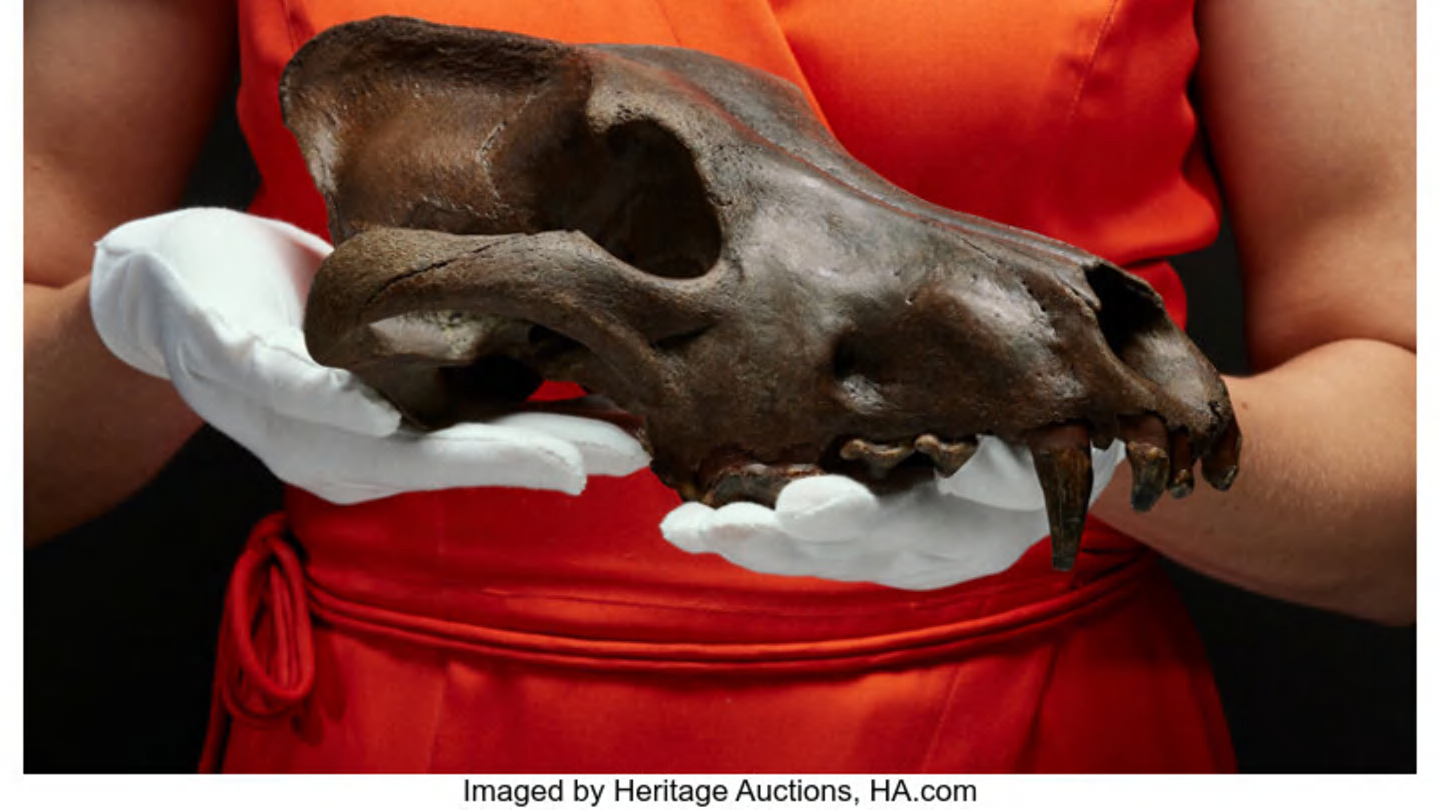A recent study published in the Journal of Human Evolution sheds new light on one of the most enigmatic fossils in human evolutionary history—the nearly complete cranium discovered in Petralona Cave, Greece, in 1960. For decades, this fossil has confounded researchers, with its unique characteristics suggesting that it belongs to the genus Homo, yet it does not neatly align with either Neanderthals or modern humans. Compounding the mystery, previous attempts to accurately date the skull have resulted in a wide range of estimates, spanning from 170,000 to 700,000 years. However, new research led by the Institut de Paléontologie Humaine now offers a clearer understanding of its age, providing a finite minimum age of 286,000 ± 9,000 years.
The key breakthrough in this study lies in the use of U-series dating, a method that analyzes the ratio of uranium to thorium isotopes within calcite deposits. This technique has allowed the team to obtain a more precise estimate of when the calcite layer began to form on the cranium, offering valuable information on its age. Uranium isotopes break down into thorium at a constant rate, and by measuring this ratio, researchers can pinpoint when the process started, giving them a calibrated timeline.
U-Series Dating: A Powerful Tool for Understanding Fossils
Unlike traditional carbon dating, which cannot be applied to materials older than about 50,000 years, U-series dating is particularly useful for dating much older fossils like the Petralona cranium. The dating technique relies on the natural breakdown of uranium into thorium, which occurs in a predictable pattern. While soil deposits are often unsuitable for U-series dating due to varying uranium levels in the environment, cave environments present ideal conditions. Moisture that moves through the soil carries water-soluble minerals, including uranium, which then forms deposits on cave walls. As the water evaporates, it leaves behind these uranium deposits, which continue to break down into thorium in a closed system, preserving a chronological record of their formation.
In this case, researchers sampled the calcite coating directly on the cranium, as well as speleothems and other calcitic deposits in the cave. These samples were taken from various locations within the cave system, including the Mausoleum chamber, the corridor leading to it, and additional areas where the skull was reportedly cemented to the wall. By analyzing these deposits, researchers were able to determine the minimum age for the cranium, which is 286,000 ± 9,000 years.


The Mystery of the Petralona Skull
The Petralona skull has been a subject of intense study due to its intriguing features. It clearly belongs to the Homo genus but exhibits traits that set it apart from both Neanderthals and modern humans. Researchers have long debated whether it represents a distinct evolutionary branch or an early form of Homo sapiens. The new dating results support the idea that the cranium belongs to a separate and more primitive group, which coexisted with other human populations in Europe during the Middle Pleistocene.
The U-series dating results also suggest that the skull may have been in the cave for a longer period than previously estimated. While the minimum age of the calcite coating is 286,000 years, the skull could have been exposed to the cave environment for much longer if it initially remained dry or covered. This means that the fossil could predate the calcite formation, although the precise maximum age remains difficult to determine. Based on stratigraphic evidence from other cave features, researchers estimate a range of ages for the skull’s deposition, which could range from 539,000 years to as young as 277,000 years.
A Window into Human Evolution
The findings from this study have important implications for our understanding of human evolution in Europe. The research suggests that the Petralona cranium belongs to a population that was distinct from both Neanderthals and Homo sapiens. This reinforces the idea that multiple hominin groups coexisted in Europe during the Middle Pleistocene, each evolving along different paths. The study also highlights the complexity of human evolutionary history, where various hominin species may have interacted, coexisted, or even competed for resources.
The new U-series dating results provide a clearer picture of the Petralona skull’s place in the evolutionary timeline and offer valuable insights into the broader context of human evolution in Europe. The researchers’ work emphasizes the importance of refining dating techniques and combining them with other lines of evidence to better understand the complex history of early humans.
As the mystery of the Petralona cranium continues to unfold, it becomes clear that this fossil remains a key piece in the puzzle of human evolution. With further research and advances in dating technology, scientists hope to uncover even more about the ancient populations that once roamed Europe, providing a richer understanding of our shared ancestry.
Source link


